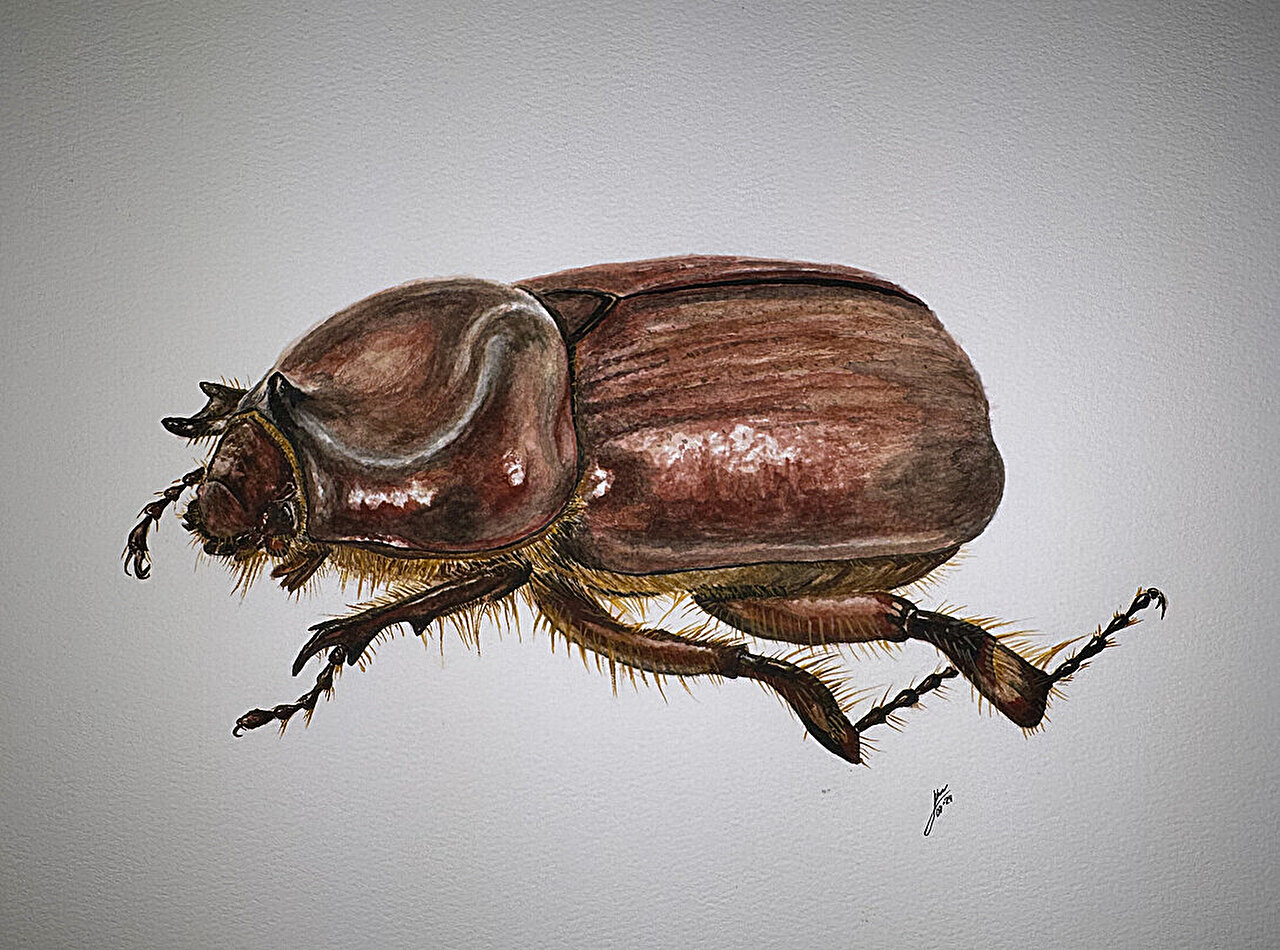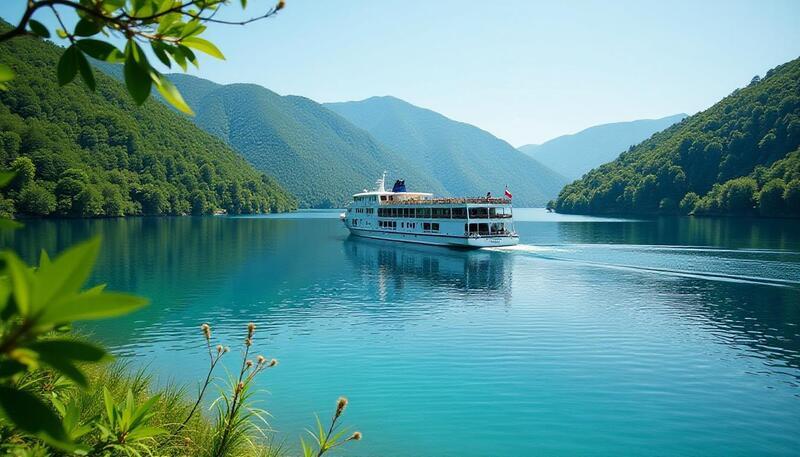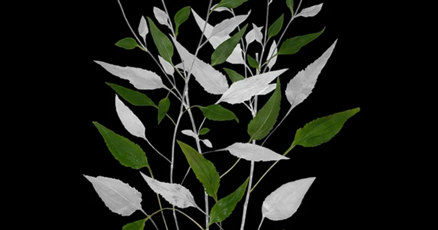Chen Man, a renowned Chinese photographer, filmmaker, digital visual artist, and painter, is credited with contributing to the evolution of China’s beauty aesthetic. Prominent celebrities from Asia and beyond have graced her highly stylized, otherworldly shoots, which often fuse traditional Chinese aesthetics with contemporary elements.
Her solo exhibition, “Dynamic Balance,” is at the Bund Financial Center until March 9.
“The exhibition, featuring a motif of water running through it, presents my multidimensional artistic expressions ranging from painting to photography, sculpture, and installations, offering a unique and immersive experience,” Chen said. “This marks my second solo exhibition in Shanghai in the past 12 years.”
In her exploration of “water as object, subject, and noumenon,” Chen constructs a dialectical landscape that not only captures the essence of the contemporary environment but also conveys the emotions and creative impulses that have defined her career.

Ti Gong
“Playground.”
The first installation, “Playground,” positioned at the entrance, symbolizes the experiential introduction to the exhibition with the “Memory Brick” series. Memories, akin to water, freeze, melt, and fade.
“Each ice brick conceals a vibrant mind stone. These stones, representing the seven colors of the visible spectrum, symbolize the innate ability bestowed upon us by nature to perceive the world,” said Chen. “This piece encourages us to embrace a childlike curiosity, daring us to experiment and engage with the world like water.”

Ti Gong
“An Acre of Cloud.”
On crossing a narrow path and stepping over an exit, visitors are greeted by a vast square wheat field. Two white pillows rest within the field, enveloped in mist against a rainbow backdrop.
Stepping into the wheat field feels like entering a sanctuary of memories and imagination, where human nature is nurtured, and aspirations are safeguarded. Visitors will experience a sense of relaxation and tranquility, according to Chen.

Ti Gong

Ti Gong
Portraits of pop icons Wang Yibo (left) and Xiao Zhan shot by Chen Man.
The second part of the exhibition features portraits captured by Chen of pop icons such as basketball legend LeBron James, acclaimed singer Rihanna, actress Zhang Ziyi, and heartthrobs Xiao Zhan and Wang Yibo. Many of these portraits revolve around the theme of the dragon.
After inputting a six-digit password, visitors are led into a dimly lit room where vivid depictions of two dragons that Chen created for an 800-year-old temple in Japan adorn the wall.
The centerpiece of the exhibition is “Memory Brick.” On one side of the wall, portraits of nine international celebrities are displayed, while on the opposite side, their corresponding memory bricks are depicted in paintings. Positioned beneath each portrait is a headset through which visitors can listen to the stars’ personal reflections and life perceptions.

Ti Gong
Chen Man at work on a dragon-themed work for an 800-year-old temple in Japan.

Ti Gong
Jackie Chan and his memory brick.
One of the portraits captures martial arts icon Jackie Chan making a heart gesture. In his memory snippet, Chan reflects: “I was wild and bold; my worth was gold, 60 cars at hand, everyone at my command … It took me far and wide. And I checked the arrogant stride. I am thrifty now; I can use a tissue many times.”
Actress Shu Qi candidly shared her apprehensions and anxieties while confined in an elevator, yet on stepping out, she found release, emphasizing that no obstacle is insurmountable.
“Through these pieces, I aim to encourage young people to embrace life fearlessly, much like water does. Water is open to experiencing all facets of existence,” Chen said.
Exhibition info:
Date: February 23-March 9
Venue: Bund Financial Center
Address: 600 Zhongshan Rd E2
中山东二路600号



























